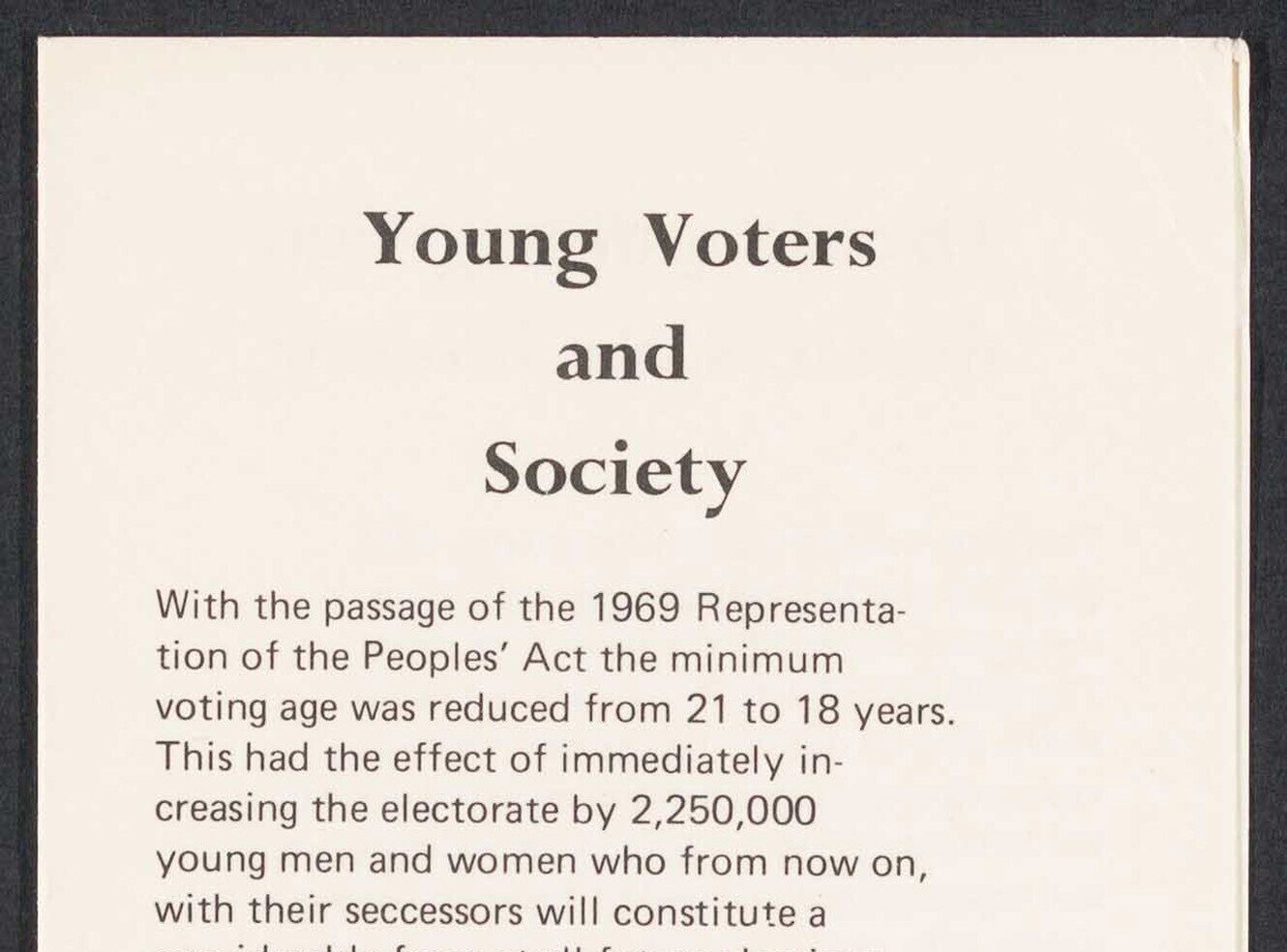The Myth of California
California! What other state occupies such a mythical space in our imagination? Despite earthquakes that rumble and tech bubbles that burst, California still draws the restless and wild, just as it’s always done.
Image © Newberry Library. Further reproduction prohibited without permission.
In 1848, J Ely Sherwood wrote “California”, a memoir of his trip out west available on our resource, American West. Sherwood describes how he first learned of California from a French trader named Roubideaux:
“His description of California was of the superlative degree favorable, so much so that I resolved if possible to see that wonderful land.”
Roubideaux described California as paradise, a land “of perennial spring and boundless fertility… [with] countless thousands of wild horses and cattle.” Asked whether they had fever out there, “he said there was but one man in California that had ever had a chill there, and it was a matter of so much, wonderment to the people of Monterey that they went eighteen miles into the country to see him shake.”
Image © Newberry Library. Further reproduction prohibited without permission.
California’s always been like this. It started life as fantasy, a mythical island of Amazons invented by 16th century Spanish author Garci Rodríguez de Montalvo. The myth lived on for centuries, perpetuated by wandering storytellers like Roubideaux.
Captain David DeWolf also had the California bug. I discovered his “Diary of an Overland Trail” while indexing for American Indian Histories and Cultures. DeWolf left home in April 1849 to join thousands of others in the California Gold Rush. When he reached Sacramento it was full of cholera. Gold was hard to come by and diggers dropped like flies from disease. After several months, homesickness kicked in:
“If a man wants to learn the value of a Wife let him have one & leave her & come to California… Mother’s prediction is about true about me being sorry many times for leaving for California but I was like many others foolish enough to come to California & know I must make the best of it.”
Image © Newberry Library. Further reproduction prohibited without permission.
DeWolf did make the best of it. He returned to Illinois via Panama and bought a farm with his gold. Many fools have since followed in his footsteps, defying parents and abandoning partners for intoxicating dreams of the Golden State. Most wake up with a sore head; few find riches. Yet the dream of California lives on, regardless of how hard the economy crashes or the San Andreas Fault shakes.
American Indian Histories and Cultures and American West are cross-searchable resources, enabling you to explore content from both.
Recent posts

The blog highlights American Committee on Africa, module II's rich documentation of anti-apartheid activism, focusing on the National Peace Accord, global solidarity, and student-led divestment campaigns. It explores the pivotal role of universities, protests, and public education in pressuring institutions to divest from apartheid, shaping global attitudes toward social justice and reform.

This blog examines how primary sources can be used to trace the impact of young voices on society, particularly during pivotal voting reforms in the UK and the US. Explore materials that reveal insights into youth activism, intergenerational gaps, and societal perceptions, highlighting their interdisciplinary value for studying youth culture, activism, and girlhood across history.
